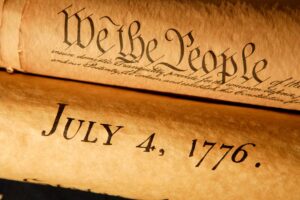 STERLING SILVER, SILVERPLATE AND THE SILVER APPRAISAL
STERLING SILVER, SILVERPLATE AND THE SILVER APPRAISAL
Marks on precious metals have been regulated by law since ancient times. From pharaohs, Roman emperors and continuing today, fineness, or standard marks, have been used to guarantee minimum amounts of precious metal in relation to non-precious metal.
At least that is the theory. But while most governments strictly monitor standard marks, very few regulate marks not related to the content of precious metals. It is perfectly legal, for example, to stamp silver with trademarks or brand names of company’s no longer in business or whose trademark is no longer registered. For this reason, a certified silver appraisal from an accredited appraiser is more important than ever.
Here is an example. It is legal for a new silver piece, fresh off today’s assembly line produced by “ABC Silver” to mark the silver “Unger Bros. 925” (a company from the 1800’s who were known for quality silver), as long as the silver content tests at 925. This really can create problems for those interested in antique and collectible silver and silverplate.
In America, articles marked Sterling Silver must contain a minimum of 925 parts silver for every 1000 parts of total material; to say another way, items marked Sterling Silver must be 92.5% silver and no more than 7.5% base metal. This internationally accepted ratio is called the “Sterling Standard” and it has been used in the U.S. since the mid 1860’s.
Globalization of commerce has prompted most of the countries around the world to use the same units of weight, measure and standards simply because it makes international so much more efficient. For example, since 1973, the European Community agreed to recognize 925/1000 as the official Sterling Silver standard and 925 as the official standard mark. In fact, the vast majority of mass-produced silver reproductions today, whether made in Thailand, India, England, Europe or here at home, now include 925 in the mark.
Contact Us for more information about a silver appraisal







